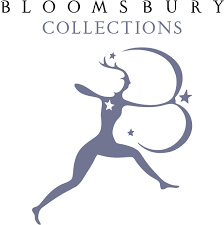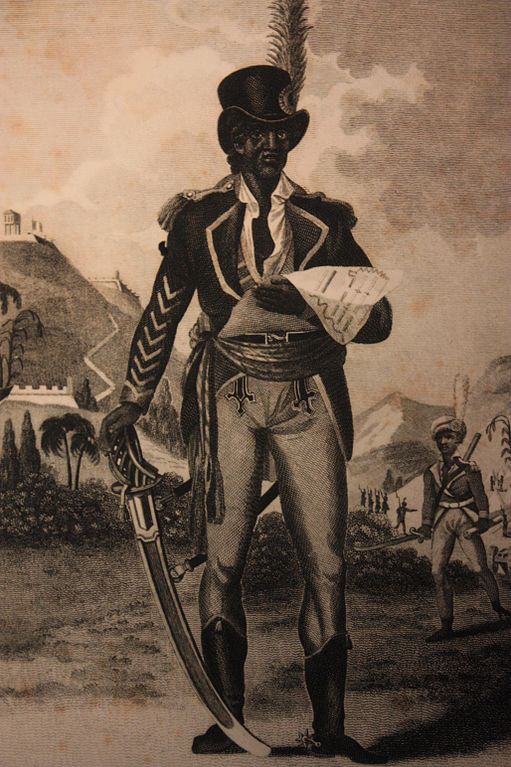By Darren Poley

Photo by RDNE Stock project from Pexels: https://www.pexels.com/photo/photo-of-candle-holder-beside-doughnuts-6116050/
To inhabit the Augustinian values of Veritas, Unitas and Caritas, let us take a moment to understand a few basic symbols associated with the Jewish holiday of Hanukkah.
While the Bronze-Age hexagram or six-pointed star formed by two equilateral triangles, commonly called the Star of David, alternatively the Shield of David or Seal of Solomon, became in modern times the major sign for Judaism, the seven-branched candelabrum called a menorah was for centuries the symbol Jews identified with because of its association with the Tabernacle built by the ancient Israelites and eventually the Temple in Jerusalem. Hanukkah, The Festival of Lights, is today the holiday with which the menorah is affiliated the most, and there is a very good reason why.
Hanukkah means dedication and was first celebrated when the Jerusalem Temple was purified. A new altar was dedicated after the victory at the end of a three-year battle in the second century B.C. It was fought between the forces of the oppressive Syrian-Greek King Antiochus IV and the Israelites, who were led by a Jewish Priest and his five sons, collectively called the Maccabees, and who in turn were the progenitors of the Hasmonean dynasty, which ruled ancient Judaea until near the end of the first century B.C. With the altar the Maccabees also reinstated the presence of the seven-branched menorah, which is simply the Hebrew word for lamp.
One legend about this first Hanukkah was that most of the lamp oil in the Temple had been defiled and there was only enough for one day and yet it kept burning on the menorah in the Hasmonean Temple for the eight-day dedication celebration. Burning lights having a long-time significance for the Jews since it was fire from heaven which appeared at the dedication of the altar in the days of Moses and at the sanctification of the first Temple in the time of King Solomon.
Jews the world over light an hanukkiah, which holds nine candles, one called the shammash or helper candle, which is used to light the other eight. One is lit on each night of the celebration, so on the eighth day all the lighted candles are ablaze. It is traditional for families to gather and for several blessings to be recited for the ritual lighting of the Hanukkah menorah. Because of the association of oil with the holiday, foods fried in oil such as potato pancakes called latkes or deep-fried doughnuts are also often eaten during Hanukkah.
Another major symbol for Hanukkah is the dreidel. Games have long been a feature of festive holidays in Judaism, and playing a bargaining game of chance using a spinning four-sided top marked with Hebrew letters called a dreidel is the one most recognized. In the game, players ante up and the letter on the side of the top which lands up determines winnings. It was a popular form of actual gambling during the Middle Ages but is now more often a children’s game using chocolate coins covered in gold foil called gelt, a Yiddish word for money with a root-word meaning of payment or reward.
Many popular stories that have been passed down through the generations about the dreidel grew up around it. One, is that the Hebrew letters, as the Encyclopaedia Judaica, 2nd ed. explains “Nun, Gimmel, He, Shin (standing for Yiddish words Nimm, Gib, Halb, Shtell meaning take, give, half, and put)” were later “interpreted as standing for the Hebrew Nes Gadol Hayah Sham (‘a great miracle happened there’)” (p. 372). Another tale is that dreidels were used to fool the agents of tyrants who suppressed the learning of the Scriptures and Talmud. If a study group was being watched they would produce a dreidel to show that they were just gathered for fun and games. One story is that the coins used in the game are in recognition of the new coinage minted by the Hasmonean rulers after they overthrew the Greek Syrians.
The holiday is especially relevant this year. On October 11, a few days after the initial “horrific acts of violence in Israel and Gaza,” University President Father Peter Donohue, OSA, PhD, wrote this in his message to the Villanova Community:
“As these troubling incidents like these continue to occur, I find myself leaning on our Augustinian values. VERITAS – May wisdom prevail and allow everyone to see the value and worth of human life. UNITAS – As a community, let us challenge destructive tendencies and demonstrate our commitment to a just and peaceful world. CARITAS – May the actions of Villanovans be examples to those around us that love is the only way to drive out hatred.”
This year Hanukkah, which falls in either November or December because it is based on the Jewish lunar calendar, will be celebrated from December 7 to 15, so be sure to greet our Jewish friends with a holiday greeting.
Here are some recommended related resources available via Falvey Library:
- “Hanukkah: The Festival of Lights, and Fried Foods” in Let’s Eat: Jewish Food and Faith by Lori Stein and Ronald H. Isaacs. eBook.
- “Jacques Pepin’s Chanukah Celebration,” a 56-minute episode from KQED-TV produced by Peggy Lee Scott (Janson Media, 2004). Online video.
- “Jews, Schmaltz, and Crisco in the Age of Industrial Food” by Rachael B. Gross in Feasting and Fasting: The History and Ethics of Jewish Food edited by Aaron S. Gross and Jody Elizabeth Myers. Book, Call number: TX724 .F3715 2019.
- The Maccabean Revolt: Anatomy of a Biblical Revolution by Daniel J. Harrington. Book, Call number: BS1825.3.H36 1988.
- The Menorah: Evolving into the Most Important Jewish Symbol by Rachel Hachlili. eBook.
- The Menorah: From the Bible to Modern Israel by Steven Fine. eBook.
- The Menorah, the Ancient Seven-Armed Candelabrum: Origin, Form, and Significance by Rachel Hachlili. Book, Call number: BM657.M35 H33 2001.
- “Spin,” a 5-minute segment from Sunday Morning produced by Meggie Miao (Columbia Broadcasting System, 2014). Online video.
- Tales of High Priests and Taxes: The Books of the Maccabees and the Judean Rebellion against Antiochos IV by Sylvie Honigman. eBook.
- The Tree of Light: A Study of the Menorah, the Seven-Branched Lampstand by Leon Yarden. Book, Call number: BM657.M35 Y37 1971.
 Darren G. Poley is Associate Director of Research Services and Scholarly Engagement, and Theology, Humanities & Classical Studies Librarian at Falvey Library.
Darren G. Poley is Associate Director of Research Services and Scholarly Engagement, and Theology, Humanities & Classical Studies Librarian at Falvey Library.

 Darren G. Poley is Associate Director of Research Services and Scholarly Engagement, and Theology, Humanities & Classical Studies Librarian at Falvey Library.
Darren G. Poley is Associate Director of Research Services and Scholarly Engagement, and Theology, Humanities & Classical Studies Librarian at Falvey Library. 






